Description
Horses have been a prominent subject in art for centuries, symbolizing power, grace, and freedom across various cultures and periods. Their depiction in art spans from prehistoric cave paintings to contemporary works, each reflecting the significance of horses in different contexts.
### 1. **Prehistoric Art**
– **Cave Paintings (Lascaux, France, c. 15,000–13,000 BCE):** Some of the earliest representations of horses come from the Lascaux Caves, where horses were depicted in dynamic, fluid movements. These paintings likely held symbolic or ritualistic significance for early human societies.
### 2. **Ancient Art**
– **Greek and Roman Art:** Horses were central to mythology and daily life. Ancient Greeks often depicted horses in their sculptures, such as in the **Parthenon Frieze** and **Greek Equestrian Statues**, showcasing their importance in warfare and chariot racing. The Romans also glorified horses in sculptures and coinage, often associating them with military victories.
### 3. **Renaissance Art**
– **Equestrian Portraits:** During the Renaissance, horses became symbols of status, power, and nobility. Artists like **Leonardo da Vinci** and **Albrecht Dürer** made detailed studies of horses, emphasizing anatomical precision and natural beauty.
– **Equestrian Statues:** Famous works like **Donatello’s Gattamelata** (1447–1453) and **Verrocchio’s Bartolomeo Colleoni** (1481–1496) showcased great leadership through dynamic depictions of riders on horseback.
### 4. **Baroque Art**
– **Peter Paul Rubens:** Known for his energetic and dramatic style, Rubens often painted horses in scenes of battle or hunting, emphasizing movement and vitality. His works, like **The Battle of the Amazons**, celebrate the power of both human and animal.
– **Equestrian Paintings:** Artists like **Diego Velázquez** and **Jacques-Louis David** also created iconic equestrian portraits, including the famous **Charles I at the Hunt** by Van Dyck and **Napoleon Crossing the Alps** by David, both conveying authority and grandeur.
### 5. **19th Century Art**
– **Édouard Manet** and **Gustave Courbet**: While these artists were associated with realism, they often portrayed horses in more everyday, unromantic settings. Manet’s **Riders on the Beach** (1873) and Courbet’s **The Young Horse** (1850) challenge traditional heroic portrayals.
– **Eadweard Muybridge:** In the late 19th century, **Muybridge** used photography to capture the motion of horses in a groundbreaking series of images titled **”The Horse in Motion” (1878)**. This work was pivotal in the study of animal locomotion and influenced future artistic representations of motion.
### 6. **Modern and Contemporary Art**
– **Franz Marc:** A German expressionist painter, Marc famously depicted horses in vibrant, abstract forms, most notably in his work **Blue Horse I** (1911). His use of color and abstraction aimed to express the emotional and spiritual qualities of animals.
– **Giorgio de Chirico:** The Italian surrealist artist often incorporated horses into his enigmatic and dreamlike landscapes, creating a sense of unease with their distorted and mysterious representations.
– **Contemporary Artists:** Many modern artists, such as **George Stubbs** (18th century) and **Robert Bechtle**, have painted horses with a focus on realism, anatomy, and motion. In contrast, artists like **Damien Hirst** and **Jeff Koons** use horses in more conceptual, often ironic ways.
### Symbolism of Horses in Art:
– **Power and Nobility:** In many cultures, the horse has been a symbol of strength, nobility, and leadership, often seen in royal and military portraits.
– **Freedom and Nature:** Horses also symbolize freedom, movement, and a connection to the natural world, often portrayed in open landscapes.
– **Spirituality and Mythology:** In various mythologies, horses are linked to gods, warriors, and chthonic figures, carrying deep symbolic meanings of victory, death, and the afterlife.
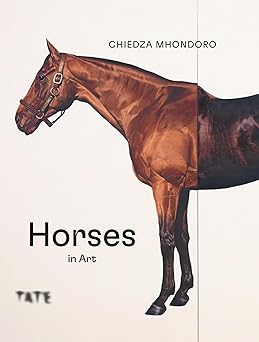
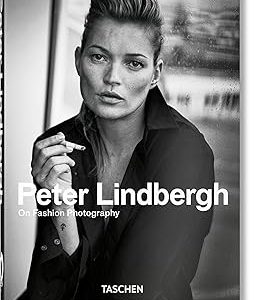
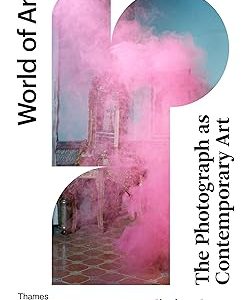




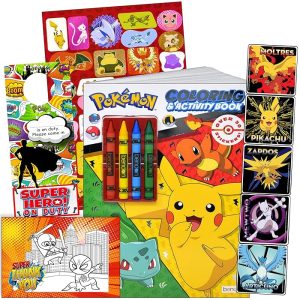


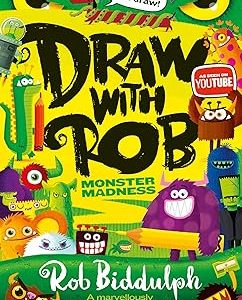
Reviews
There are no reviews yet.